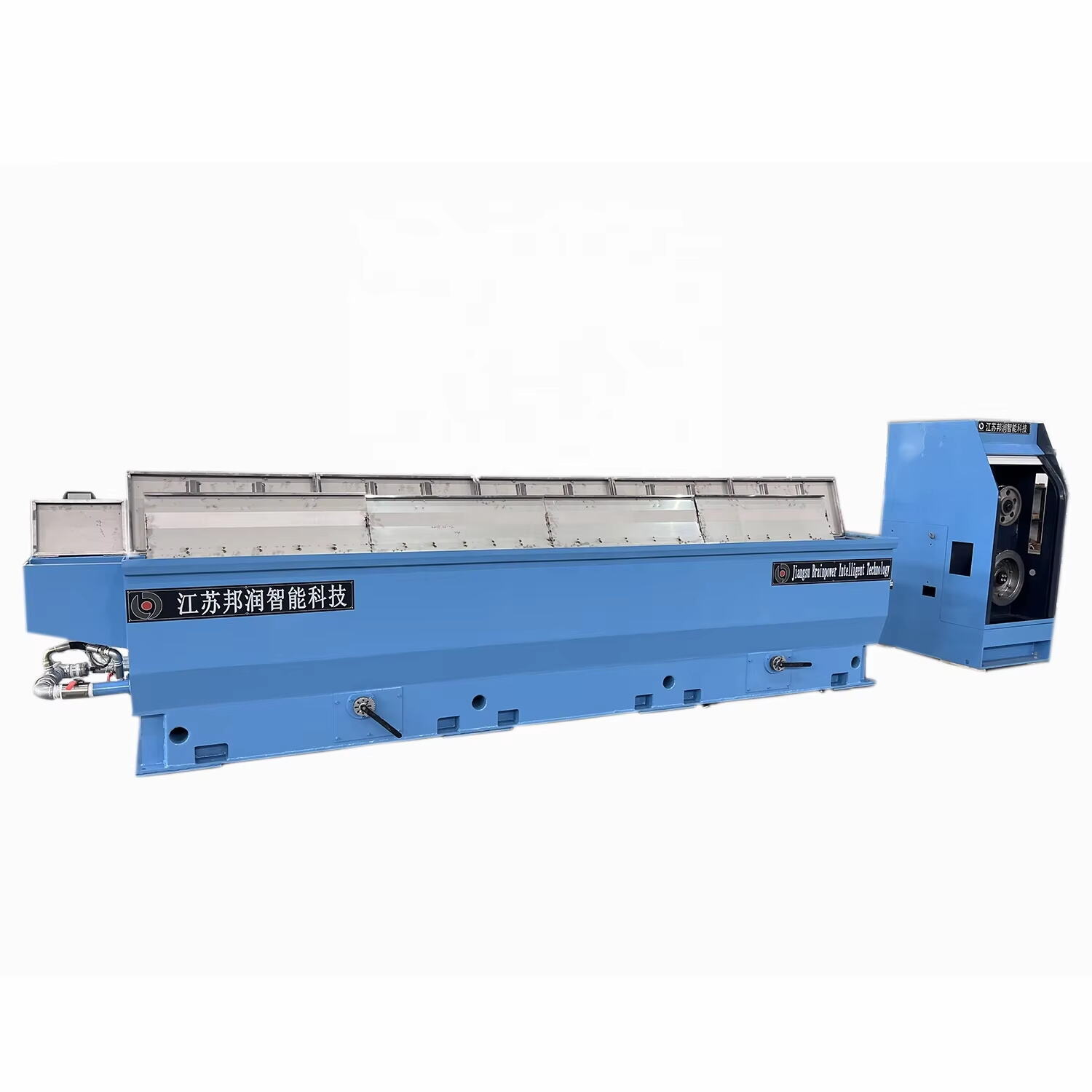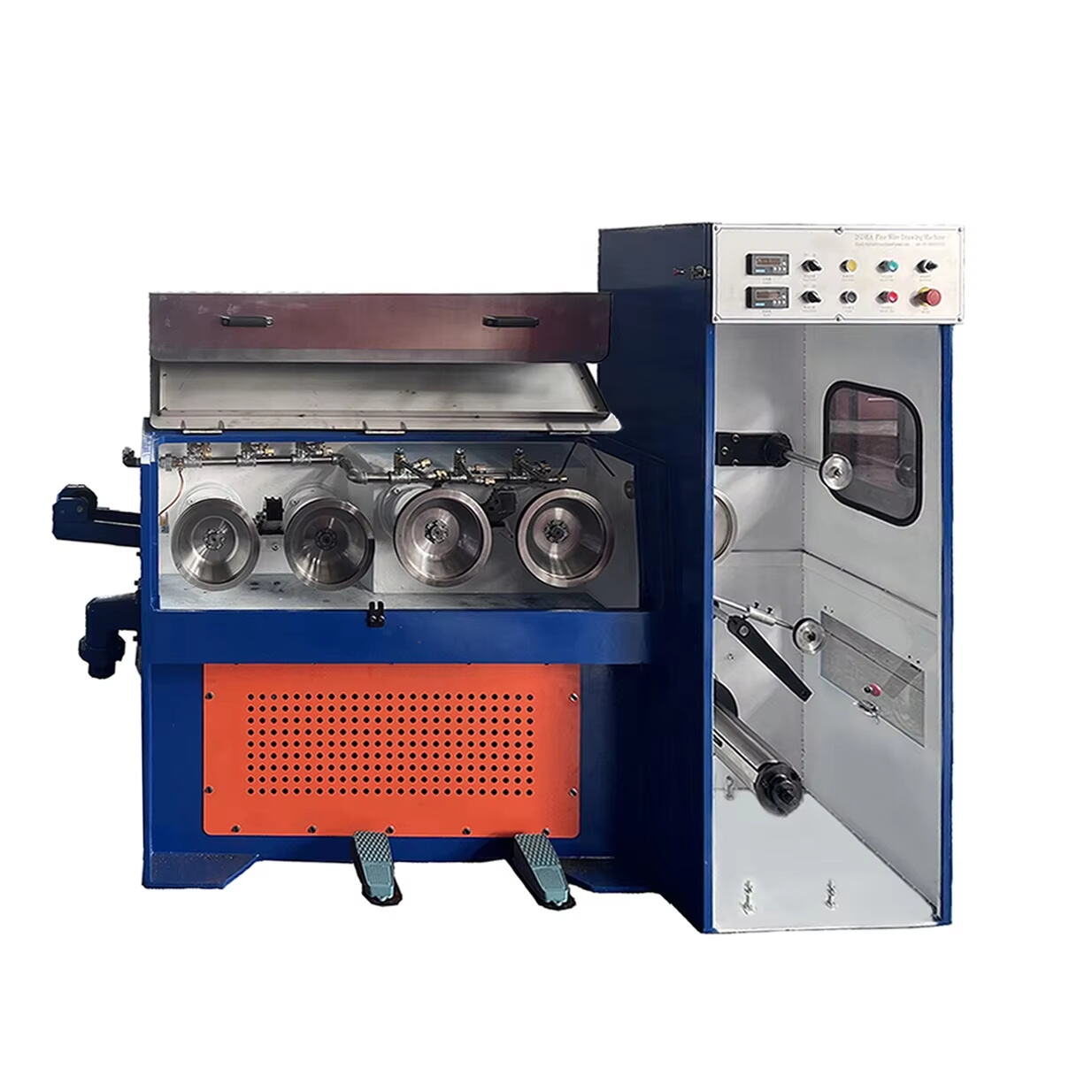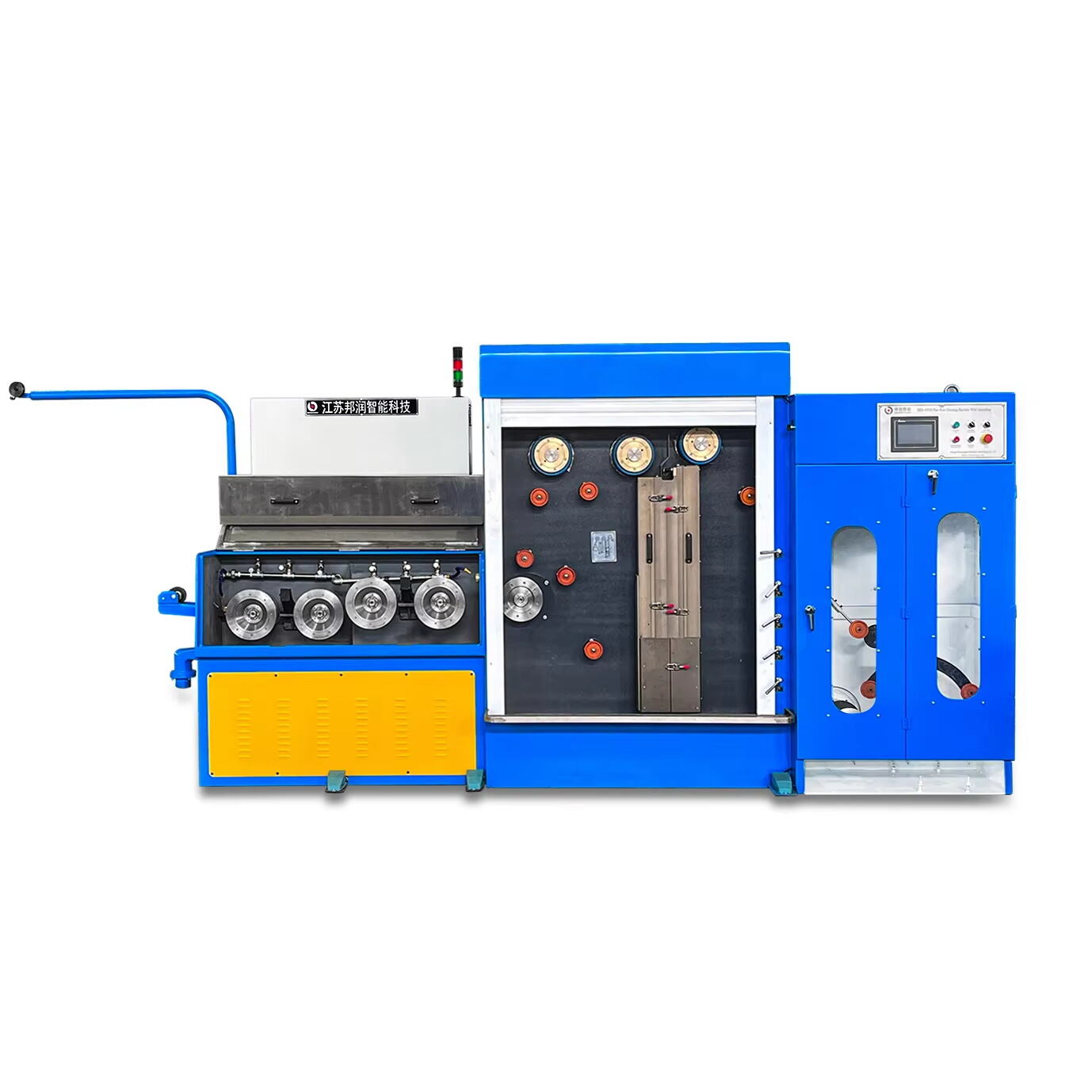chiziq mayd
Tirnoq chizish maydoni sofistike metallurgik jarayon bo'lib, bu jarayon osona sifatli tirnoqlarga aylantiradi. Bu jarayon kamchiligi qandaydir kamchilarni o'tkazib yuborish orqali amalga oshiriladi va uzoqroq, singaroq tirnoqlar hosil qiladi, masalan mekhanik va elektrik xususiyatlari yaxshilanadi. Tirnoq chizish jarayoni kamchining uzluksiz kuchini ko'paytiradi va uning mos ravishda elektrik o'tkazishi sifatini saqlaydi, shuning uchun turli sanoatli ishlatishlarga mos keladi. Teknologiya aniqlik o'lchovni boshqarish uchun sofistike chizish mashinalaridan foydalanadi, bu esa tirnoq sifatini tashqi vaziyatlariga mos kelgan holda saqlaydi. Modern tirnoq chizish jarayonlari oxirgi mahsulotning xususiyatlari optimallashtirilishi uchun bir necha bosqichlarda chizish, pastlang va sirt muammosini hal qilishni o'z ichiga oladi. Chizilgan kamchi yaxshi sirt tozalashini, o'lchov aniqligini va mekhanik xususiyatlarni anglatadi, bu esa uni elektrik va elektronik ishlatishlarga zarur hisoblanadi. Jarayon kalta sanoat kabelidan ultra-singar elektronik komponentlarda ishlatiladigan singar tirnoqlarga qadar turli o'lchamlarda tirnoqlarni ishlab chiqarish imkoniyatini anglatadi, bu esa uni modern ishlab chiqarishda ko'p tarzlik va muhimligini anglatadi.




